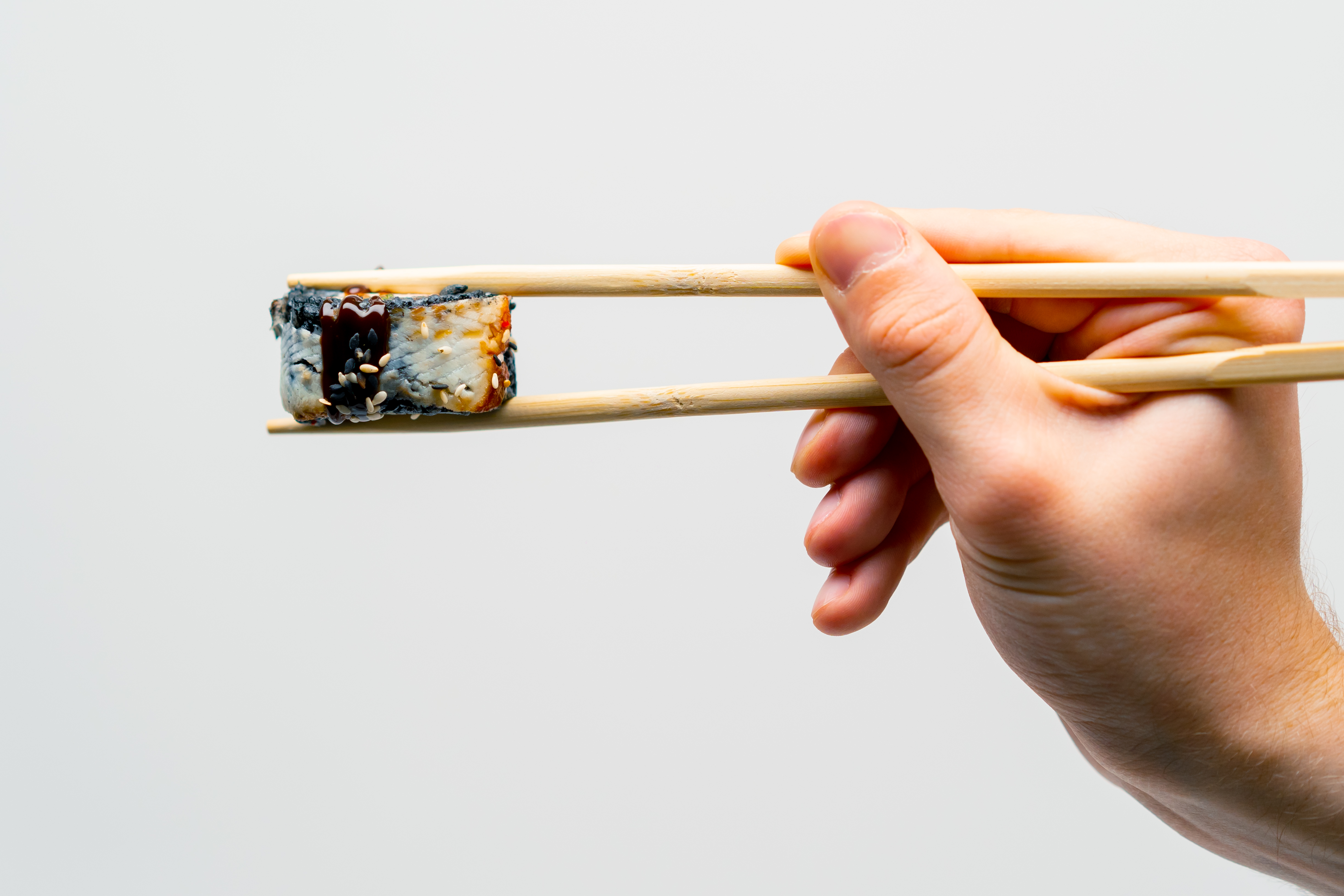13 Cultural Etiquette Mistakes to Avoid When Traveling Abroad
2. Dining Etiquette: A Culinary Journey

Dining customs vary widely across cultures, and understanding these differences is key to navigating meals with grace. In many cultures, sharing a meal is a deeply social activity, and the way you conduct yourself at the table can speak volumes about your respect for the host and their traditions. From the use of utensils to the order of courses, each culture has its own set of dining rules that reflect its values and social norms. In Japan, for example, it is customary to say "Itadakimasu" before eating, a phrase that expresses gratitude for the meal. Chopstick etiquette is also important, with specific rules about how to hold them and what not to do, such as sticking them upright in a bowl of rice, which is reminiscent of funeral rituals. In contrast, in India, eating with your hands is common, and using your right hand is considered proper, as the left hand is reserved for less sanitary tasks. Understanding these cultural nuances can enhance your dining experience and show your respect for the host's traditions. It also allows you to participate more fully in the social aspect of the meal, fostering connections with those around the table. By approaching each meal with an open mind and a willingness to learn, you can navigate dining etiquette with confidence and grace.








